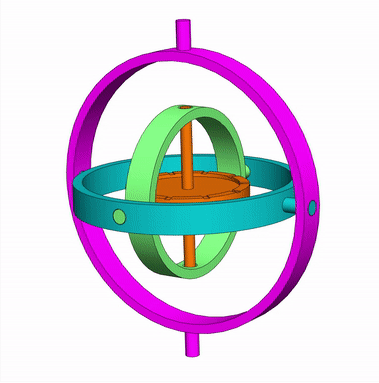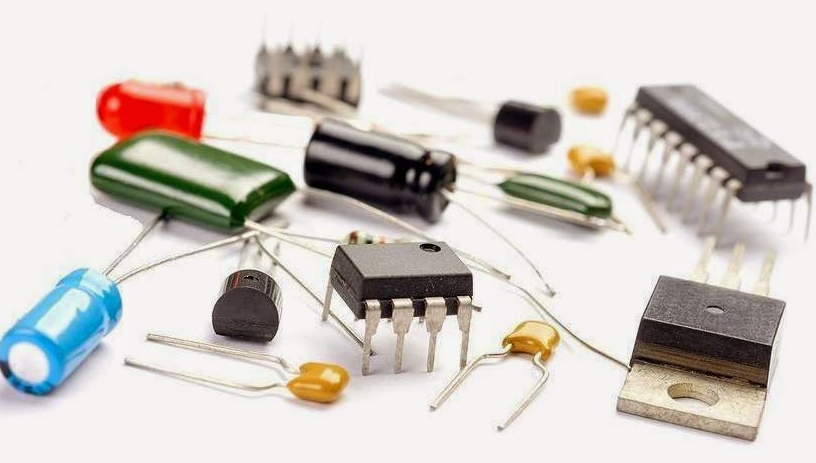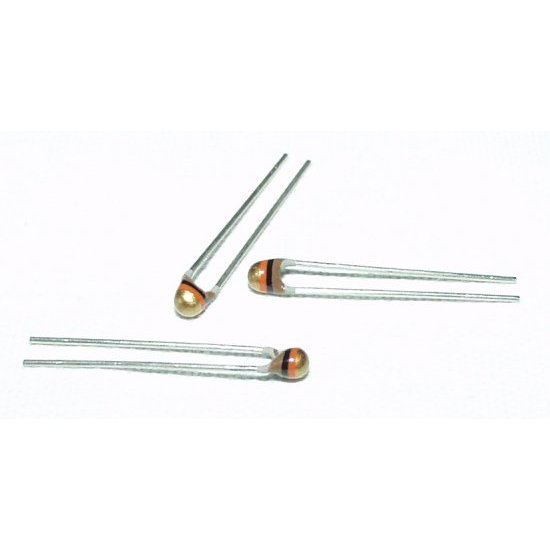Sensor to microcontroller / data acquisition device cables
Use twisted pair shielded cable between the sensor and the A/D (analog to digital) recording device. Only terminate one end of the cable shield at the zero-signal reference potential (common) for the signals contained within a shielded cable. If you must must terminate both ends of the shielded cable, then be sure that no difference in potential exists between either ends of the shield, otherwise a ground loop will be introduced. Use 4 to 20 mA sensor output from a sensor as it is naturally resistant to outside noise.

Typically, it is best to design a data acquisition system using differential measurements wherever possible. Differential measurements will help to eliminate any common mode noise and will take full advantage of twisted pair cabling.
MEMS sensors have the most vulnerability to noise interference.
Controller Area Network (CAN) bus communications provide reliable high−speed data transmission in harsh environments. Fault Tolerant CAN is defined under the physical layser standards ISO 11519−2, ISO 11898−3, and ISO 11992 with a maximum data rate speed of 125 kbits/s.
Do you need help developing or customizing a IoT product for your needs? Send me an email requesting a free one hour phone / web share consultation.
The information presented on this website is for the author's use only. Use of this information by anyone other than the author is offered as guidelines and non-professional advice only. No liability is assumed by the author or this web site.











.png)


.png)








.png)
.png)




.png)




.png)

.png)
.jpg)

.png)




.png)

.jpg)



.png)
